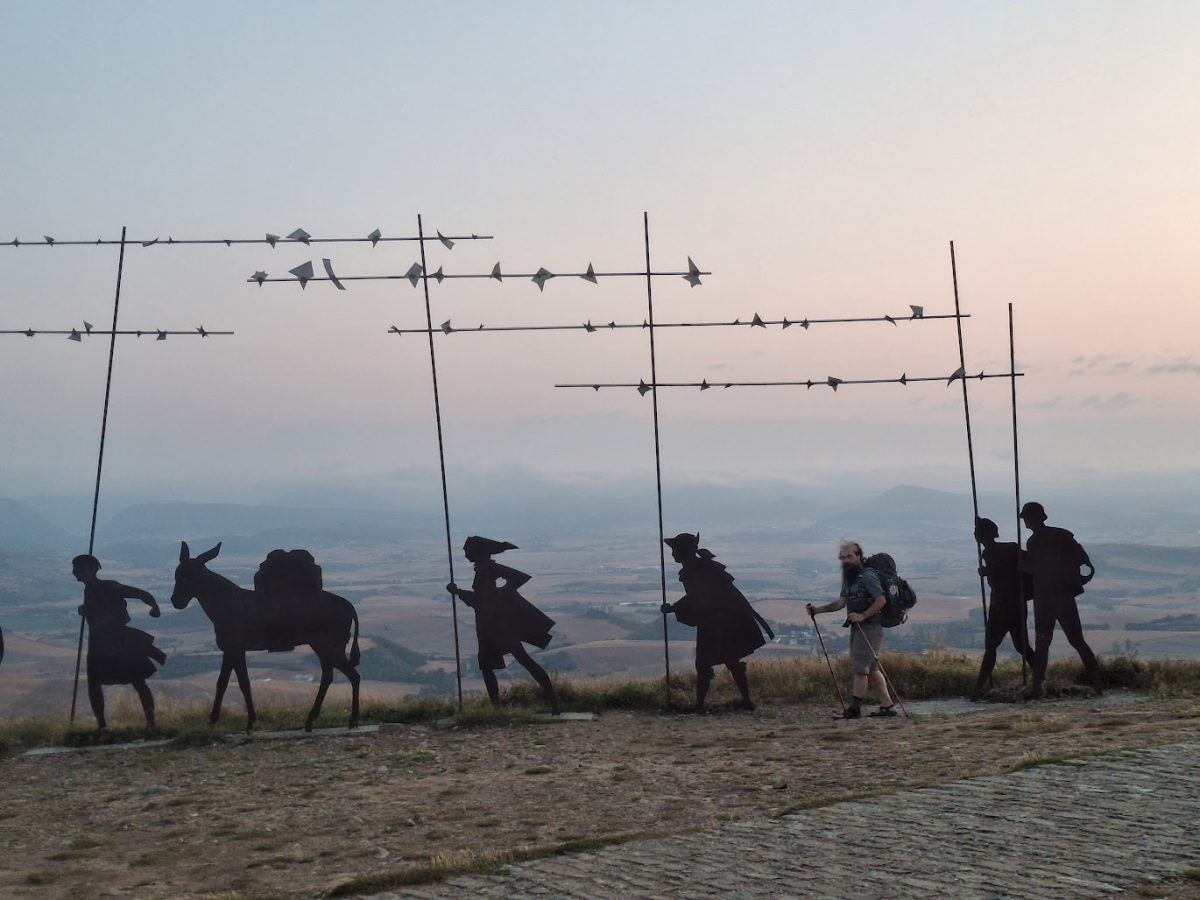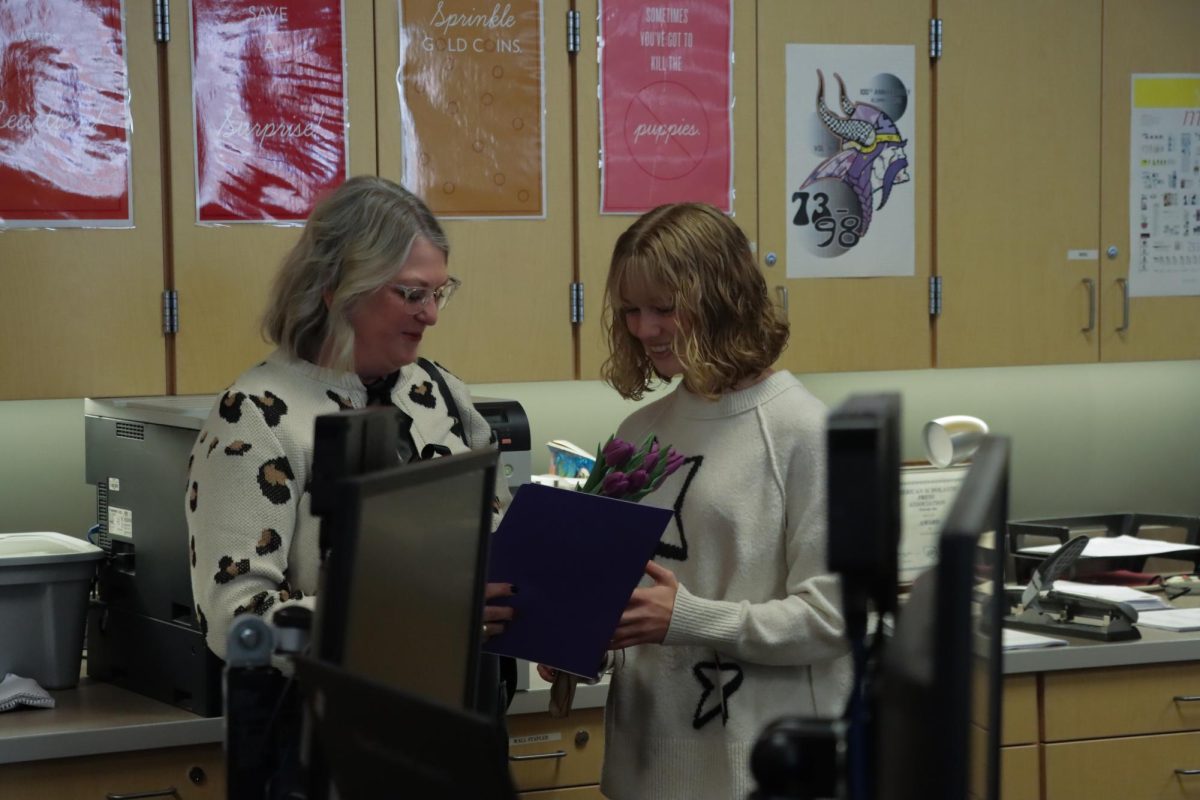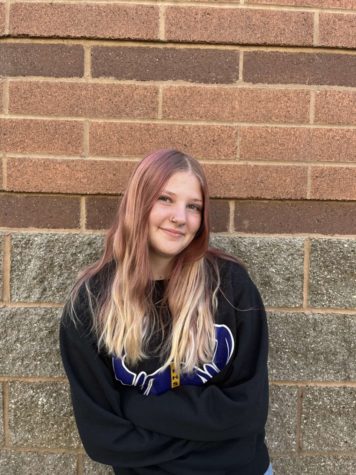One of the many ways Puyallup High School gives back to the community is through the blood drive. The blood drive is set up through Health Occupation Students of America, or HOSA.
Eunseo Oh, a junior at PHS, is a member of HOSA and explains how the blood drive works for students donating and why the donation of blood is important.
“Students show up at their assigned time, given to them by scanning the QR code, after they show up, we have the main desk to check in at. [They] will write their name and bring the permission form, if [they] are under 18. [They] will wait at the desk for a couple minutes and then go to the blood drive bus to get [their] blood drawn,” Oh said.
Once you check in, your finger is pricked to test your iron. Workers make sure you have no signs of illness and meet all necessary requirements. After you’re cleared to donate, the phlebotomist begins to draw blood.
“The blood is separated into the red cells, the platelets and plasmids. One donation of blood will save three people’s lives because it’s divided into three and given to those who need each part,” Oh said.
According to Cascade Regional Blood Services, the need for blood is currently essential. After the COVID-19 pandemic, Cascade Regional Blood Services has struggled getting consistent donors, impacting the company’s ability to give blood to the local hospitals.
“The United States is in a blood shortage and sometimes hospitals don’t have enough to save patients who may have heart problems, burns, accidents, receival of organ donations or any kinds of surgery requiring blood [transferal],” Oh said.
Donating blood now often steers students toward donating again in future blood drives.
Marissa De La Garza, a consultant at Cascade Regional Blood Services, attended the blood drive Nov. 1. She says that blood donation is critical.
[Cascade Regional Blood Services] tries to make relationships with the students, that way we can build some lifelong donors, it’s very important to get new donors in. [The students] are really the ones putting in all the effort behind this to advertise and get students to donate,” De La Garza said.
In the United States, every two seconds someone needs blood. Donating as often as every eight weeks helps save about 18 lives in a year.
“One in seven people who enter a hospital are going to need blood, so it’s likely that you or somebody you know might need blood if they went in. [The blood] is going to all of the local MultiCare facilities in Pierce County and King County area,” De La Garza said.
After the first donation of blood, Cascade Regional Blood Services mails the donor a card, including the donor’s blood type. To donate again or for the first time, it is not necessary to know your blood type.
“All blood is good blood; we need all of it. About a week after [donors] donate blood, [donors] can call into the center and find out their blood type, but [patients] need all kinds of blood,” De La Garza said.
Mason Clifton is a junior at PHS and donated blood recently. He explains his experiences and describes what donating blood is like.
“You have to sign in, they make sure that you don’t have any health conditions and you have no symptoms of a sickness or disease,” Clifton said.
Clifton says he was inspired to donate blood to help his community and find out his blood type, but that doesn’t mean he will stop donating.
“Probably, because it helps people who need blood get the blood that they need,” Clifton said.
Many who donate blood are also organ donors. Clifton describes why he thinks this is and how donating blood can inspire people to donate organs as well.
“I think it could [encourage people to become organ donors] because if it is organs you don’t need, you have multiple of, such as kidneys,” Clifton said.
Clifton explains his concerns when donating blood, and how they subsided after he donated.
“It doesn’t hurt as bad as people think it does, they prick your finger to begin with and that’s the most painful part the needle isn’t that painful. I thought I would pass out or get dizzy, but I didn’t. Everyone was happy and welcoming, my experience was positive,” Clifton said.



